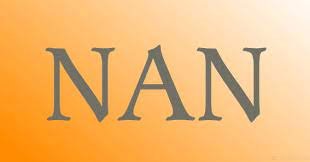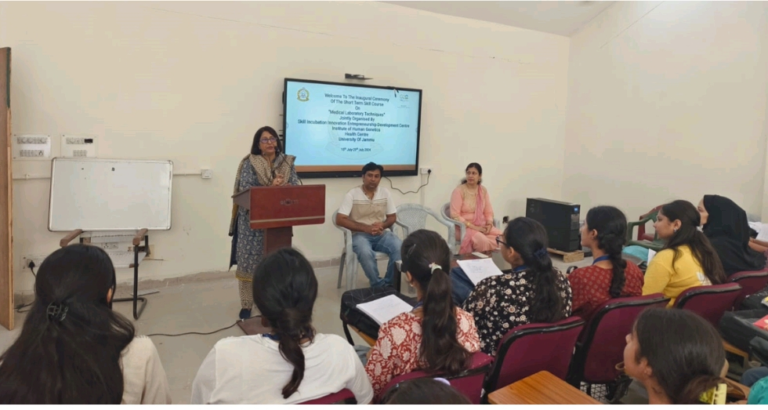How to prepare certification documents for translation
When a company prepares to enter new foreign markets, translating the required documentation into foreign languages can be as challenging as obtaining the necessary certifications. The manufacturer usually has marketing materials, product catalogues, tutorials, manuals, test reports, and more. All this must be translated into the language of the country in which it is planned to organize sales.
The main problems of such a translation are quite understandable – the cost, the timing of the work, and, no less important, the exact correspondence of the translated materials to the original. The recipe for a clear organization of this process is not so complicated, what is important here is the correct preparation of materials and good communication with translators before they start their work, during the translation process and after the order is completed and you must get certified. Based on our translating and interpreting service with translating these types of documents, here are some tips to help you.
STEP 1: PREPARE TEXTS SUITABLE FOR TRANSLATION
Try to write all materials in clear, concise, and consistent language. Use short sentences. Idioms and slang that have some meaning in the original language often lose it in the target language, so discard them.
STEP 2: TAKE ADVANTAGE OF AUTOMATION
All technical manuals usually contain tables of contents, indexes, cross-references, or links to specific pages of the document. The use of automation tools available today in any text editor during their creation will certainly help the translator, since the information contained in them will be automatically updated as the translation progresses, and this is an excellent tool for controlling the accuracy of the translation and reducing the time to complete the work.
STEP 3: LINK TO IMAGES IN TEXT
Linking images will give you several important advantages at once. When you link pictures in a document, any change to one of the pictures, such as in Photoshop or another graphics editor, will be automatically updated in all places in the text where this picture is used. You will appreciate this option when you need to return localized pictures back to a text file. This is a great way to reduce translation costs if the same pictures are repeated several times in the translation of documents. After the translation of the first image, the rest will be updated automatically, allowing you to avoid unnecessary costs for multiple translations of the same text in different illustrations. In addition, this feature significantly reduces the size of the file, which means it will open faster and be easier to send by e-mail.
LSTEP 4: LEAVE ROOM FOR EXPANDING TEXT
When translating into Russian or, conversely, from Russian into foreign languages, the number of words and characters in the text will increase or decrease. When working with Asian languages and hieroglyphic writing, the number of characters, as a rule, will be significantly reduced. Translation into some European languages may be 10-20% larger than the original. This will affect the layout of the document as the number of pages may change. In addition, you may need to resize non-text segments – such as illustrations, tables, charts.
Once you have created the materials following the above process, they are ready for translation. Now it’s time to contact the translation agency and ask for prices and terms of work. But your work doesn’t end there.
STEP 5: PROVIDE SOURCE FILES
Each translator prefers to work with editable source files, their availability improves the situation (speeds up and reduces the cost of translation) for the customer as well. What is an editable file? When we say “source files” what do we mean? It can be any medium with text to be translated. If the documents were created in Microsoft Word, check which version of the software the translation agency uses and, if necessary, provide them with the correct one. If the original documents are created in a particular design program, ensure that it is possible to work in it. The PDF format is highly undesirable, the translator will have to convert it to Word, which will take time and cost you extra money. Separately, it must be said about the illustrations. Many technical materials contain screenshots, photographs, diagrams, drawings, and other images, over which the text is applied. If the translator does not have the source code for these components, he will not be able to edit (translate) these texts.
What if there are no source files? This happens sometimes. Suppose you have only scanned pages or only photocopies of them. In this case, the entire text will need to be recognized, and the pictures must be prepared in advance for translation (sometimes they must be redrawn). Good translation companies have groups of designers and artists who can handle this work. Find out about this possibility when concluding the contract but remember that such additional services always lead to a significant increase in the time and cost of the translation.
STEP 6: PROVIDE INSTRUCTIONS
Good communication is a key success factor. Tell the translators as much as you can about the task ahead. How will the materials be used? What format do you want the results to be in? Do you have a glossary or terminology preference? A good translation agency manager will ask these questions, but if he doesn’t, be sure to tell them yourself. In addition, if you are concerned about the quality of a future translation, ask to complete a test task.
To successfully enter global markets, you need quality materials. Good preparation of documents will speed up their translation, increase its quality and reduce cost.






